
- Panoramapunkt Berlin
- Friedrichstadt Palast
- Big Bus Berlin Hop-on Hop-off Tours
- City Sightseeing Berlin Hop-on Hop-off Tours
- Illuseum Berlin
- Reichstag Tours
- DDR Museum
- Berlin Welt Balloon
- Sachsenhausen Concentration Camp
- Berlin Icebar
- Madame Tussauds
- Samurai Museum Berlin
- Fotografiska Tickets
- The Upside Down Berlin Museum Tickets
- Tropical Islands
Everything You Need to Know About The Berlin Wall, the Symbol of German Division and Reunification
What is the Berlin Wall?
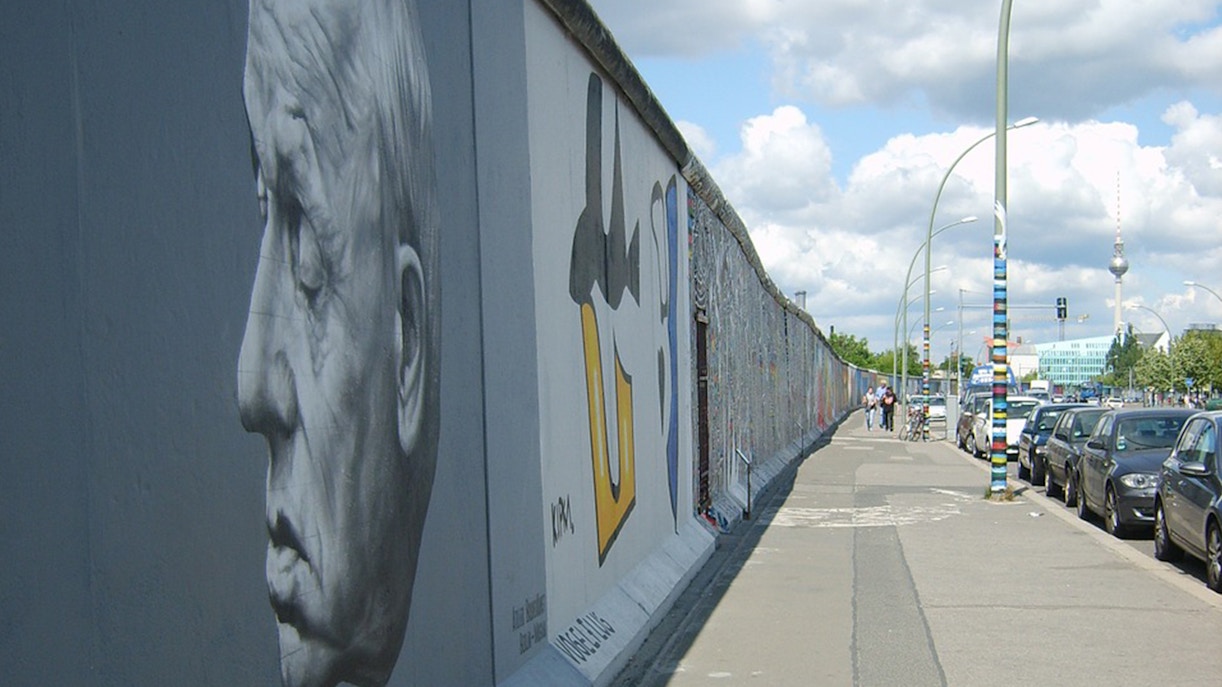
The Berlin Wall is a historic landmark that holds significant importance in the city of Berlin. Once separating East Berlin from West Berlin, the wall was built in 1961 and remained a prominent symbol of the Cold War as a physical and ideological barrier until its fall on November 9, 1989. Constructed by the German Democratic Republic, the wall, made of concrete and barbed wire, stretched over 155 kilometres and was guarded by armed soldiers. Its primary purpose was to prevent mass defections from East to West Germany. The wall represented the division between the democratic, capitalist West and the communist, Soviet-controlled East. It became a symbol of the larger Iron Curtain dividing Europe. The Berlin Wall stood until 1989 when peaceful protests and political changes led to its eventual fall, marking a significant milestone in German reunification and the end of the Cold War.
Knowledge Graph

- Official name: Berlin Wall
- Location: Various parts of Berlin, Germany
- Date of construction: August 13, 1961
- Timings: Open to the public 24/7
- UNESCO World Heritage Site: Yes
- Number of visitors per year: Approx. 1 million
- Function: Originally built as a barrier between East and West Berlin during the Cold War, the Berlin Wall is now a historical monument and symbol of freedom.
Why See the Berlin Wall?
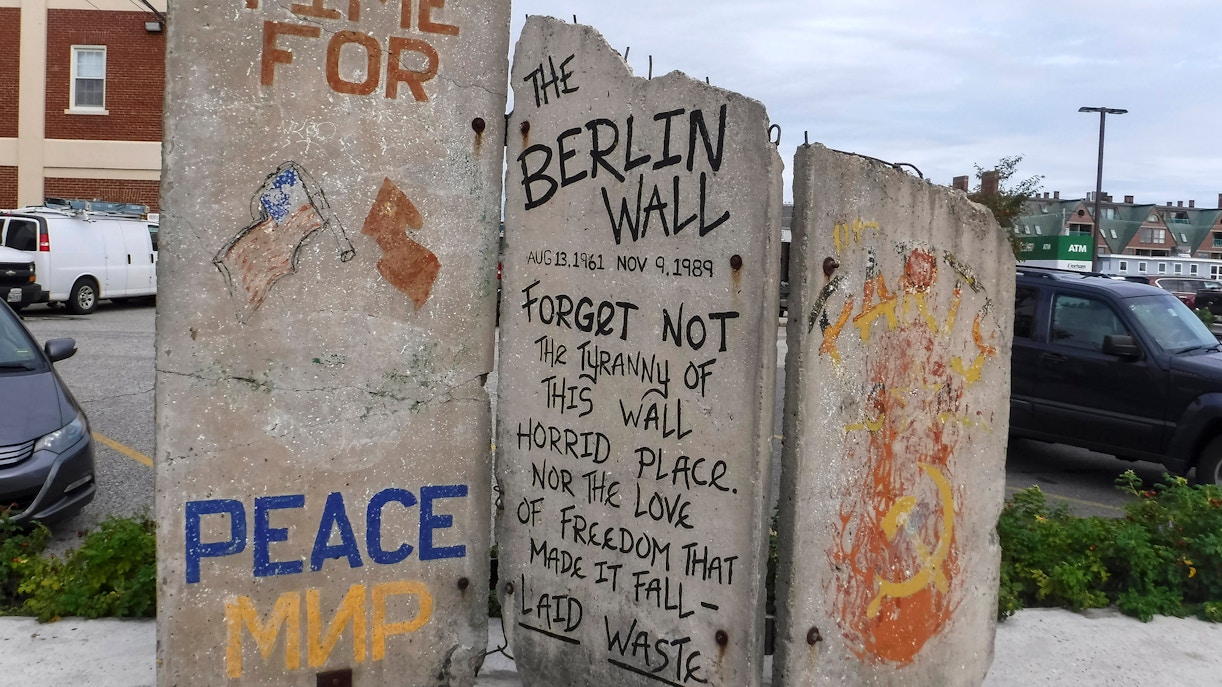
- Historical Significance: The Berlin Wall symbolizes the Cold War's division between East and West Germany, allowing visitors to witness this turbulent period's physical manifestation.
- Cultural Heritage: The Berlin Wall is an integral part of Berlin's culture, representing resilience, unity, and freedom triumphing over oppression.
- East Side Gallery: Experience the vibrant open-air East Side Gallery, adorned with captivating murals expressing hope, freedom, and solidarity from artists worldwide.
- Berlin Wall Memorial: Gain a deeper understanding of the wall's history at the Berlin Wall Memorial, featuring preserved sections, watchtowers, and an informative visitor centre.
- Checkpoint Charlie: Visit the historic Checkpoint Charlie, a renowned Cold War border crossing, to immerse yourself in the divided city atmosphere and learn about daring escape attempts and espionage.
- Remnants and Memorials: Explore the city to find remnants marked by cobblestones or plaques, allowing reflection on the wall's impact and honouring the memories of those affected.
Things to Experience at the Berlin Wall
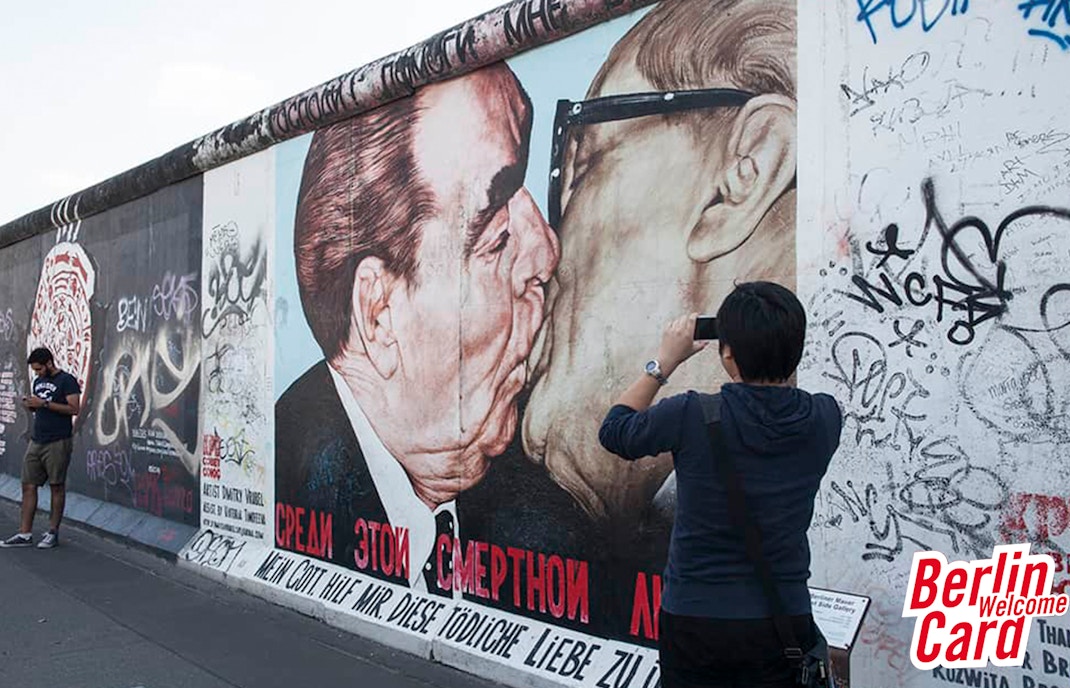
Check out the East Side Gallery
The East Side Gallery is a long stretch of the Berlin Wall that features over 100 murals painted by artists from all over the world. Take a stroll along this colourful outdoor gallery and get a taste of the creativity that emerged from the fall of the Wall.

Visit the Berlin Wall Memorial
The Berlin Wall Memorial features a section of the wall as well as a visitor centre and outdoor exhibit that details the history and impact of the division of Berlin. It's a sombre but insightful experience that will leave you with a deeper appreciation of Germany's past.
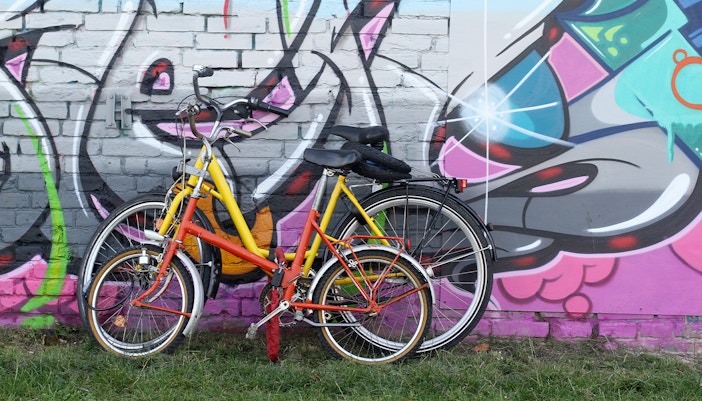
Take a bike tour along the Wall
Rent a bike and explore the Berlin Wall Trail, a 160km path that traces the path of the former wall. Along the way, you'll encounter historical sites, monuments, and incredible stories of resilience and rebellion.

Enjoy street art in the surrounding neighbourhoods
The Berlin Wall may be the most famous outdoor art installation in Berlin, but it's not the only one. Surrounding neighbourhoods like Kreuzberg, Friedrichshain, and Neukölln are known for their vibrant street art scene. Take a walking tour or simply wander the streets and discover artwork that's often politically charged and always thought-provoking.
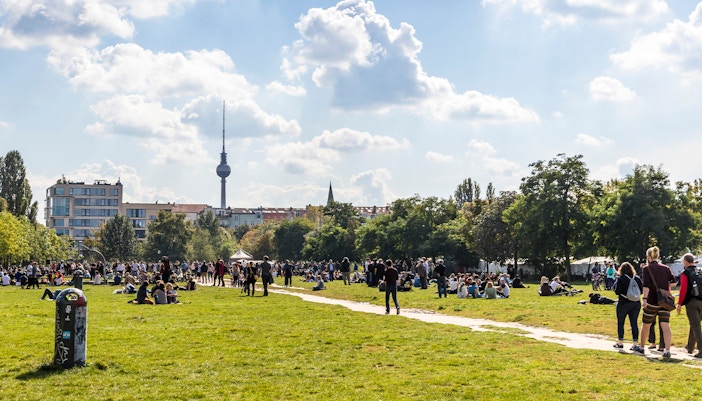
Attend a food and music festival at the Mauerpark
The Mauerpark may be a popular tourist destination, but for locals, it's an essential part of Berlin life. Every Sunday, the park comes alive with a bustling flea market, live music, and food vendors serving up everything from falafel to bratwurst. It's a lively and fun atmosphere that's perfect for soaking up the city's vibrant culture.
Who Built the Berlin Wall?
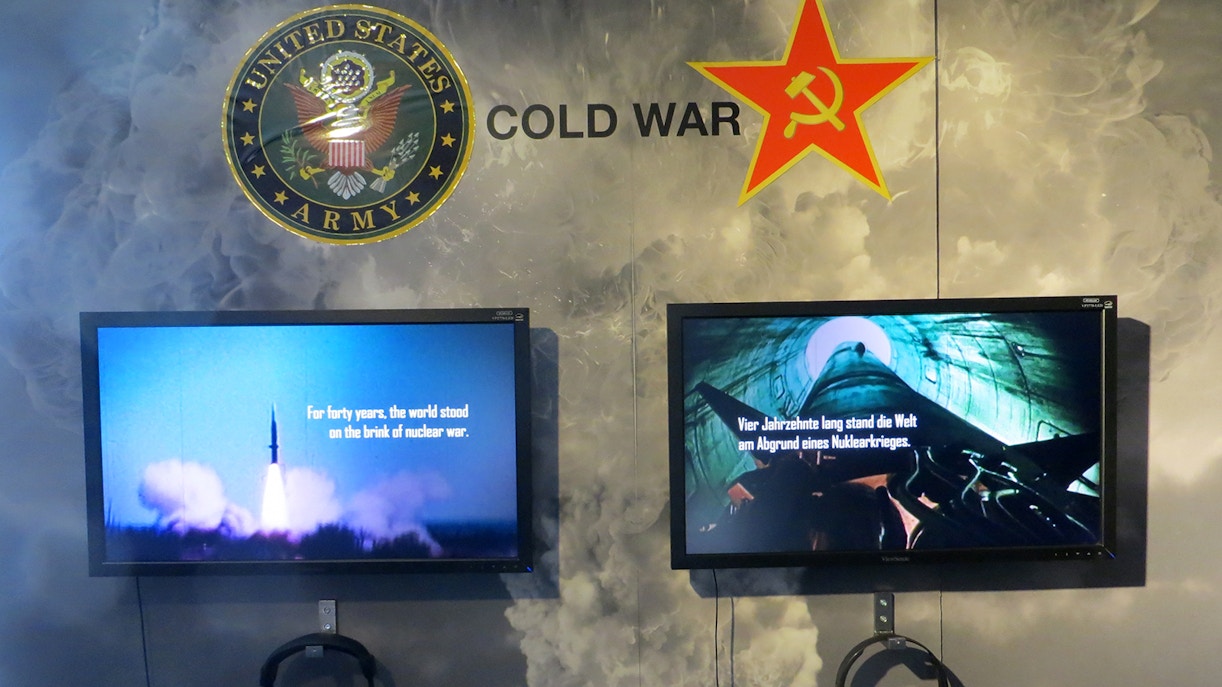
The Berlin Wall was built by the German Democratic Republic, which was the Soviet-controlled communist government of East Germany. The decision to construct the wall was made by the East German government and endorsed by the Soviet Union. The actual construction was carried out by a combination of East German soldiers, police forces, and volunteer construction workers. The wall was erected almost overnight on August 13, 1961, dividing Berlin into East and West. It consisted of barbed wire, concrete walls, guard towers, and other security measures. The purpose of the wall was to prevent East Germans from fleeing to the West, as the GDR faced significant emigration and brain drain. The wall stood as a physical and ideological barrier until its fall in November 1989.
Architecture of the Berlin Wall

The architecture of the Berlin Wall reflected its purpose as a formidable barrier separating East and West Berlin. The wall consisted of multiple elements designed to impede movement and discourage escape attempts. It comprised concrete walls, initially around 3.6 meters (12 feet) high but later increased to over 3.9 meters (13 feet) with a smooth and sheer surface to prevent climbing. The top of the wall featured a rounded, overhanging structure called a "pipe obstacle" or "pipe ramp" to deter people from gaining a foothold. Beyond the concrete, there was an extensive "death strip" that included an open area with anti-vehicle trenches, barbed wire fences, floodlights, and watchtowers manned by armed guards.
Book Your Berlin Wall Museum Tickets
All Your Questions About the Berlin Wall Answered
The Berlin Wall was built in 1961 by the East German government to prevent citizens from fleeing to the West. It stood as a symbol of the Cold War until it was torn down in 1989.
Yes, there are several preserved sections of the Berlin Wall that you can visit, such as the East Side Gallery, which features colourful murals painted on a remaining stretch of the Wall.
The construction of the Berlin Wall began on the night of August 13, 1961.
The total length of the Berlin Wall was approximately 155 kilometers (96 miles).
You can visit the Berlin Wall in a few hours, but to fully appreciate its significance and explore the surrounding area, we recommend setting aside at least half a day.
The Berlin Wall is one of the most famous landmarks in the world and holds immense historical and cultural significance.
Yes, there are numerous guided tours available that offer in-depth insight and context about the Wall's history and impact on Berlin and the world.
The Berlin Wall was built to prevent East Germans from fleeing to the West and to serve as a physical and political symbol of the divide between Soviet-controlled Eastern Europe and Western Europe.
There are several fascinating museums nearby, such as the DDR Museum and Checkpoint Charlie Museum, as well as scenic parks and landmarks like the Brandenburg Gate.
Yes, photography is allowed at most parts of the Berlin Wall, but be respectful of any signs or areas where photography is prohibited.